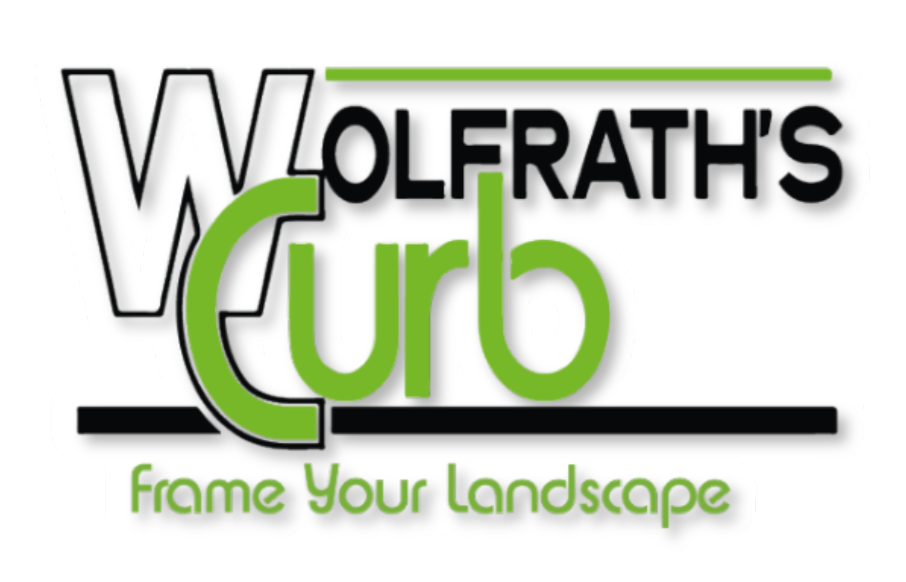How to Keep Your Decorative Curbing Looking Great All Summer
Decorative concrete curbing is one of the most reliable ways to frame and organize your landscaping. It keeps your mulch where it belongs, outlines your garden beds, and gives your yard a clean, finished look. While it’s designed to last for many years with minimal upkeep, summer is an important time to pay attention to how your curbing is holding up.
Between heavy rain, heat, and backyard foot traffic, your curbing works hard all season long. A little attention now can help it stay in top condition and save you from needing repairs or color refreshes later. Here's how to care for your landscape curbing this summer, along with answers to common questions homeowners ask about maintenance.
1. Clean Off Dirt and Debris
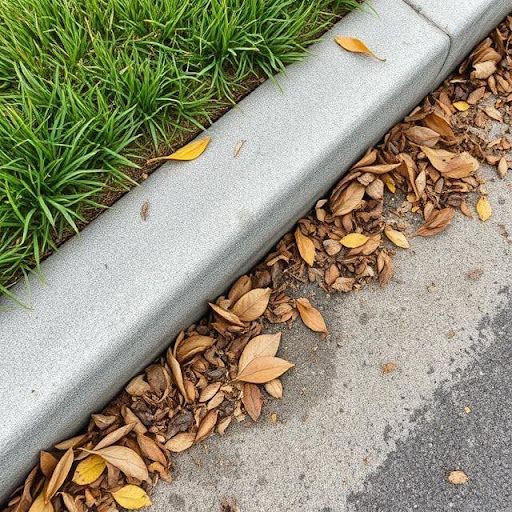
Throughout the summer, your curb edges can collect a layer of dust, grass clippings, leaves, and mulch overflow. Regular cleaning helps keep the curb visible and maintains the appearance of the finish. Use a standard garden hose with a spray nozzle to rinse off light debris. For buildup like dirt or plant matter stuck on the surface, use a mild soap and soft-bristle brush.
Avoid pressure washers. While they seem convenient, too much water pressure can erode the sealer or even chip the concrete surface over time.
2. Check for Signs of Surface Wear
Over time, the protective seal on your decorative curbing can wear away due to sun exposure, rain, and foot traffic. A faded or patchy appearance is often the first sign that your sealant needs to be refreshed. The sealer not only locks in the curb’s color but also protects it from absorbing water, cracking during temperature changes, or staining from soil and mulch.
Wolfrath’s Curb recommends resealing your concrete curbing every 2 to 3 years. If your curb is starting to look dull or uneven, summer is a great time to schedule a reseal while weather conditions are still favorable.
3. Keep Surrounding Material from Buildup or Overflow
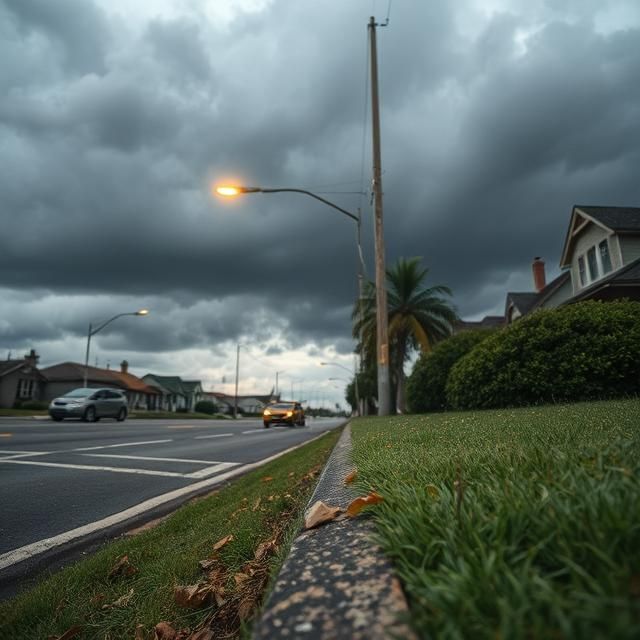
One of the biggest benefits of concrete curbing is its ability to hold mulch and gravel in place. But even the best-installed curb can be affected by excessive buildup. After a major storm or heavy yardwork, double-check that material hasn’t piled up too high against the curb edge. When mulch or soil spills over the top, it can trap moisture or cause staining.
Use a rake to gently pull excess material away and reshape the edge. This not only keeps your beds looking clean, it also supports water flow and curb visibility.
4. Avoid Direct Impact from Equipment
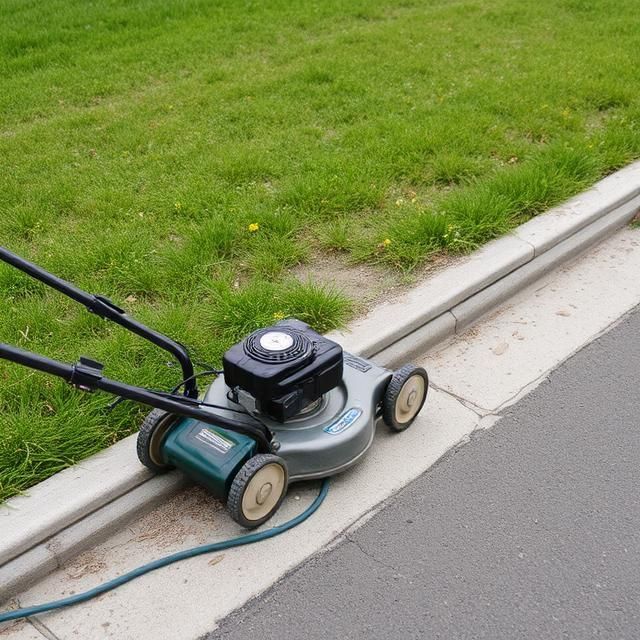
Although concrete curbing is highly durable, it's best to avoid contact with heavy machinery or repeated impacts. Be mindful when using lawn mowers, weed trimmers, or wheelbarrows near the curb. Mower-style curbs, which slope to one side, allow you to mow close without damaging the structure, but it’s still smart to take your time around corners or tight curves.
If you plan to power wash other parts of your yard, or if you use tools like leaf blowers, keep the nozzle or stream pointed away from the curb base to reduce wear.
5. Watch for Settling or Shifting
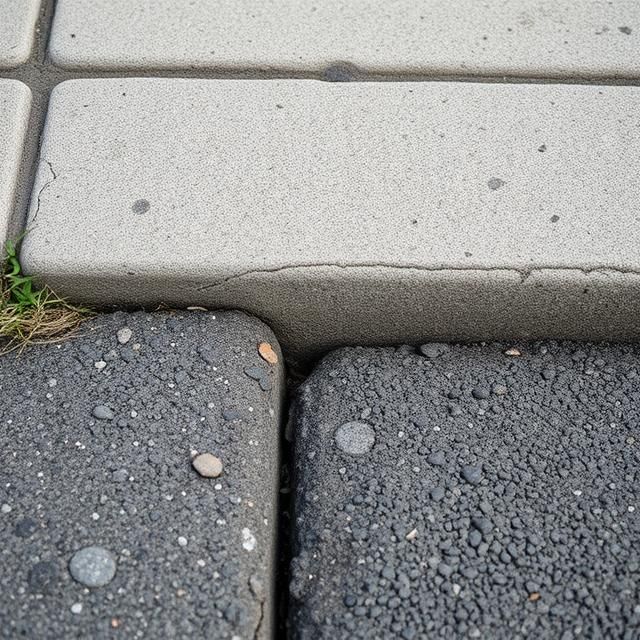
While properly installed curbing should remain in place for years, ground settling can sometimes occur—especially after heavy rain or irrigation changes. If you notice a gap forming beneath the curb or slight sinking, let us know. Early attention can prevent larger issues from forming and keep the curb aligned with your landscaping.
The team at Wolfrath’s Curb uses a multi-step installation process that includes compacting the base to help prevent settling, but every yard is different. If you’re unsure whether something you’re seeing is normal, we’re happy to take a look.
6. Schedule Resealing If Needed
Resealing your curbing is one of the best ways to extend its life. Our resealing process includes power cleaning, surface preparation, and the application of a high-quality, weather-resistant sealer. This helps restore color, improve resistance to staining, and refreshes the overall appearance.
Summer resealing helps prepare your curb for fall moisture and winter freeze-thaw cycles. Getting ahead of seasonal shifts allows the sealer to cure properly before cooler temps arrive.
FAQ: Summer Curbing Maintenance Questions
How do I know if my curb needs to be resealed?
Signs include faded color, a dull finish, or water soaking into the surface instead of beading up. If your curbing looks noticeably different from when it was first installed, resealing can restore its original appearance.
Can I apply sealer myself?
Although DIY products exist, professional resealing ensures the correct prep, product type, and application method. Incorrect sealer can cause peeling or uneven finish, which is difficult to fix without stripping and reapplying.
Does curbing stain in summer?
If mulch, soil, or fertilizer sits on the surface too long, it can cause staining. Regular cleaning and a good sealant prevent most issues.
Is it safe to install new curbing in hot weather?
Yes. Our team monitors conditions closely to make sure curing happens evenly. We adjust timing and water use as needed based on temperature and humidity.
Can my curb crack in the summer?
Concrete naturally expands and contracts. We use control joints during installation to help manage this movement. Small surface cracks may appear over time but usually don't require repair.
Protect Your Curbing and Your Investment
Decorative concrete curbing is a long-term landscaping solution, and a bit of upkeep keeps it looking sharp year after year. Whether you already have curbing installed or you’re planning to add it this season, paying attention during the summer helps protect both its function and its style.
Need a reseal or ready to book a summer install? Reach out to Wolfrath’s Curb for a free quote or inspection. Our team brings years of experience and expert craftsmanship to every project.
